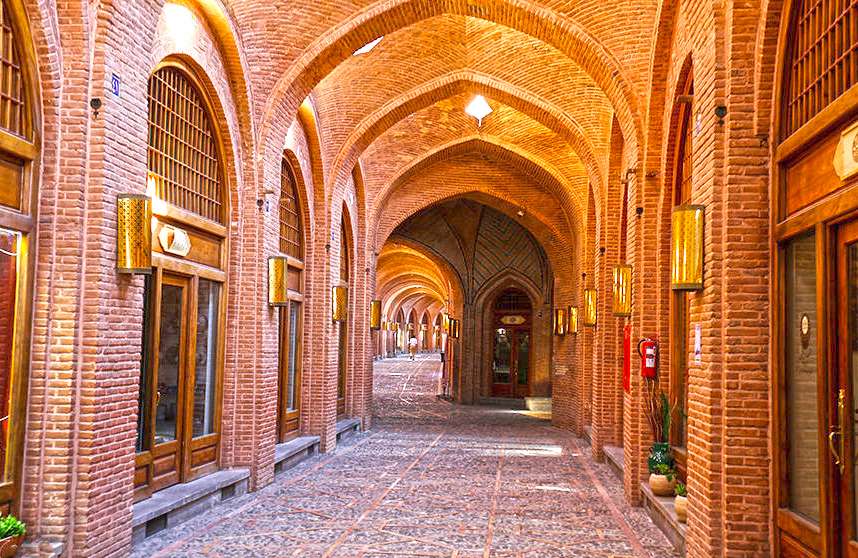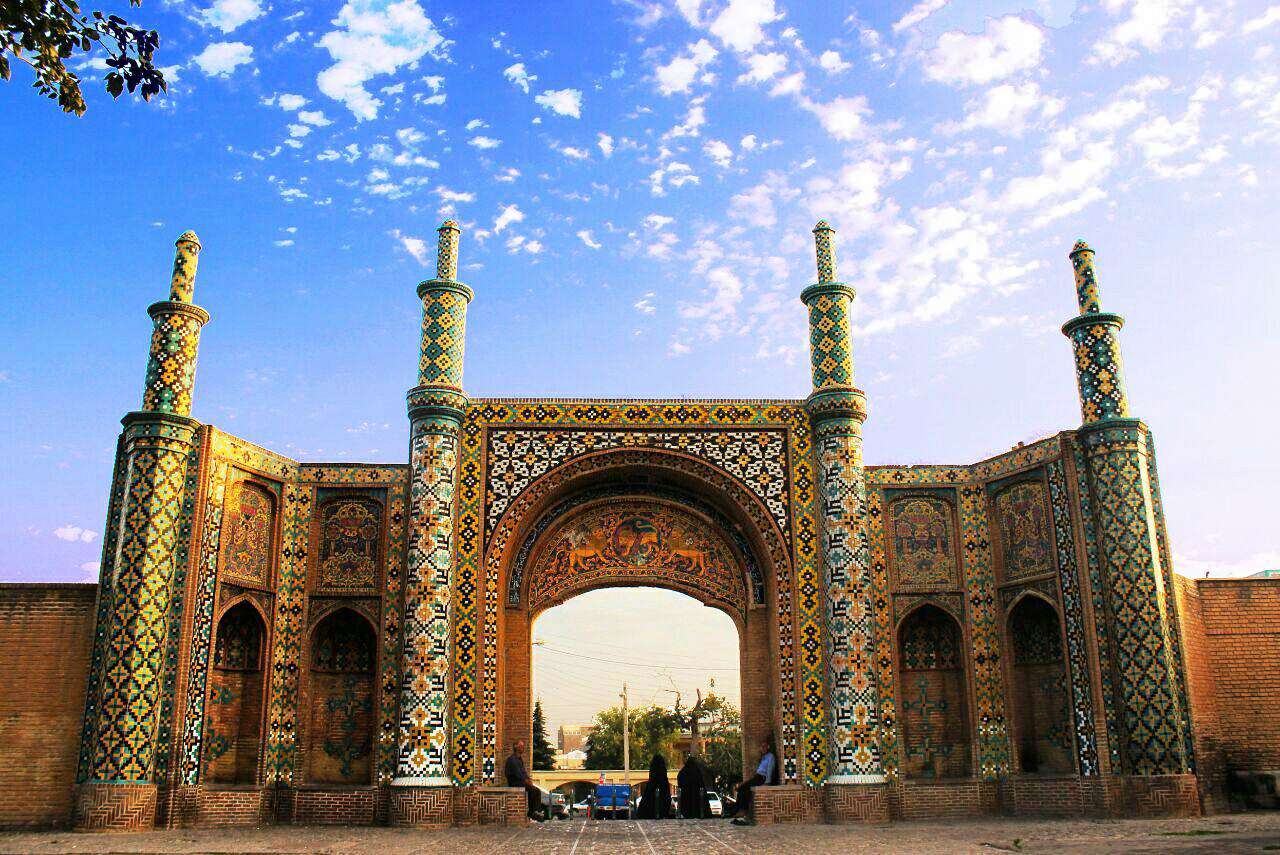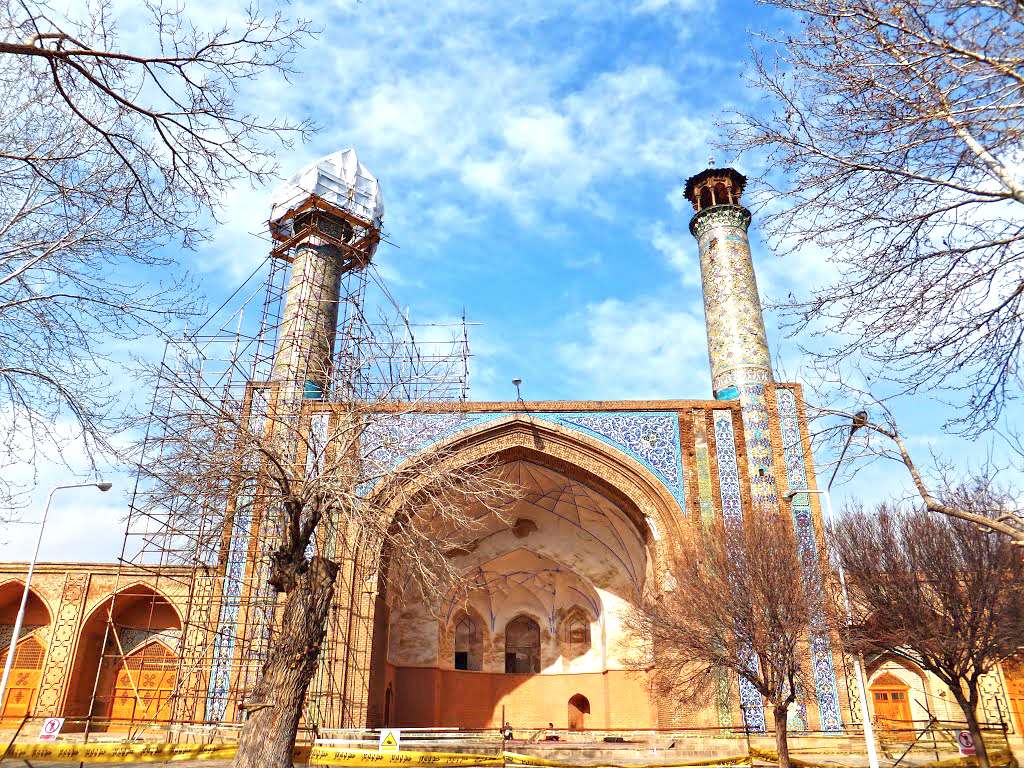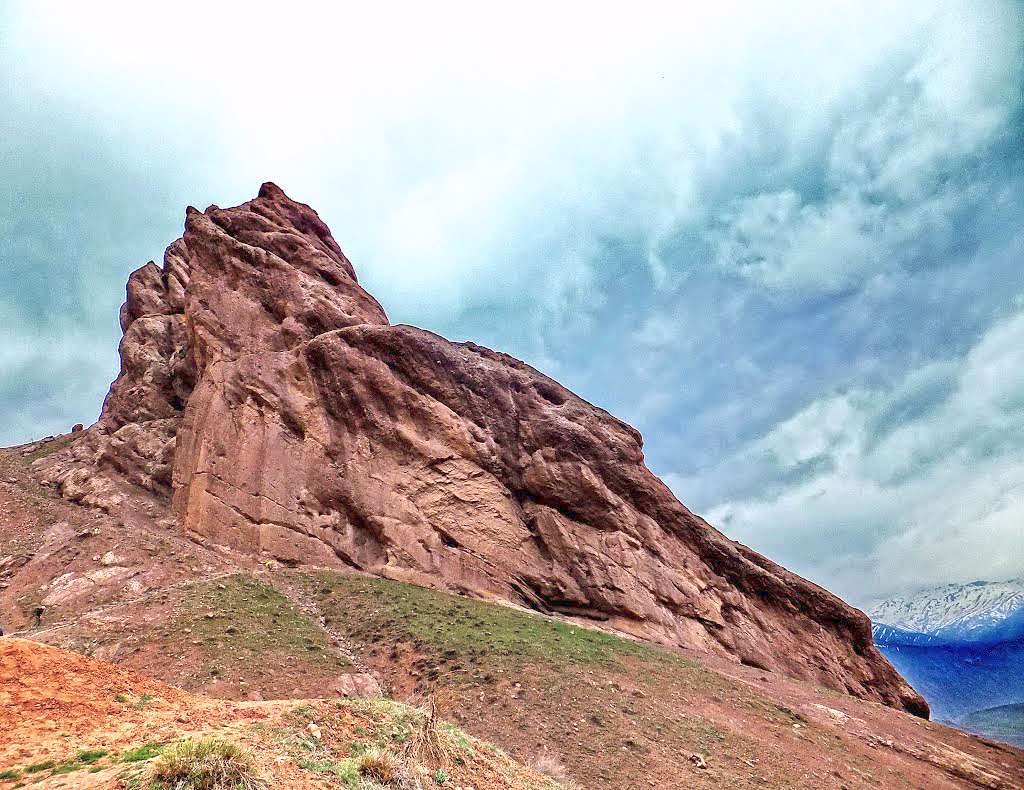Tourist Attractions & Activities in Qazvin Province
Qazvin Province
Qazvin Province is located on the north west of Iran, covering an area of 15,567 square km between Gilan, Mazandaran, Alborz, Zanjan, Hamadan, and Markazi Province. The mountainous areas in the north wing have harsh winters and mild summers and the southern relatively flatter wing is warm during the summers and cold in the winters.
The first signs of human settlement discovered in the plain of Qazvin date back to the Median era about the 7th century B.C. Once, the south and southwest of Qazvin Province were territories of the Medians. The archaeological evidence from Sagz Abad Teppe on the southeast of the province show that there was a settlement in the area in the 4th and 5th millennia B.C. Later on, in the 1st millennium B.C. Shapur I (the Sassanid king) founded the city of Qazvin to prevent the Daylamites’ invasions. During the Arab Conquest of Iran, Qazvin was conquered in 645 B.C.
The late 11th Century B.C is an important period in the history of Qazvin. The highlands of Alamut were conquered by Hassan Sabah, the leader of Ismailiyeh, who took control over the area for about 200 years. The remnants of the Alamut Castle, which was the headquarter of the Ismailiyeh, have become a tourist attraction in the area. During the reign of Mongols (1206-1368), Qazvin was a large and thriving province. In the Safavid era (the 15th to the 18th century), Qazvin came back to its previous status and was designated as the capital of Iran by Shah Tahmasp in 1547 due to its proximity to the Ottoman borders and at the same time, its remoteness from Khorasan and shelter against the Uzbeks’ invasion.
Having been the capital of Iran for 53 years, the city of Qazvin boasts various monuments remaining from the Safavid era. The natural attractions, especially in the northern areas appeal greatly to the nature lovers. Ovan Lake, surrounded by the highland of the central Alborz Mountain Range and breathtaking views, is among the countless natural attractions in the province. The high-quality grapes from the vineyards of Takestan County (Takestan means vineyard), cherries from the orchards of Alamut and cranberries from Hir village, all testify to the high-quality of the crops from the Qazvin Province.





